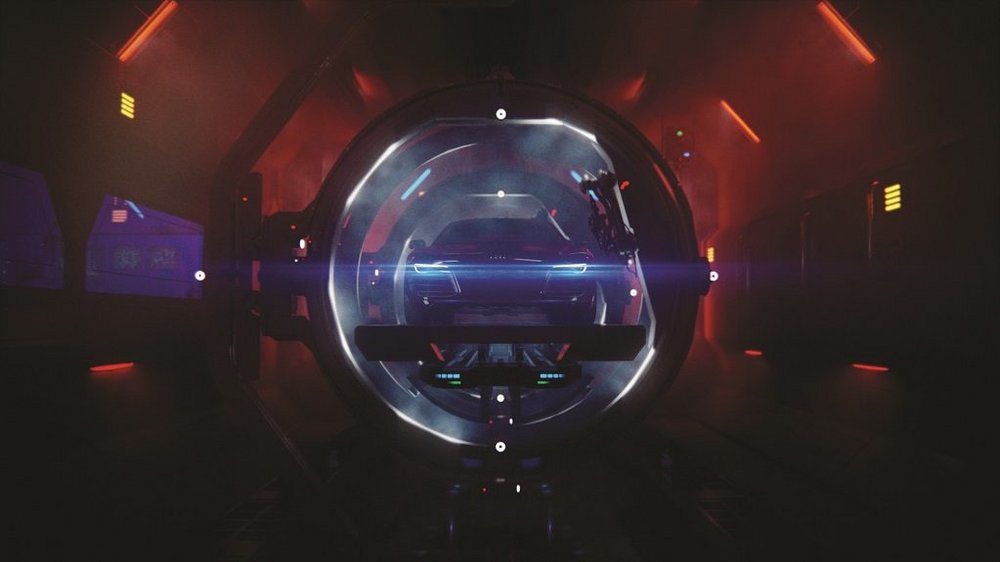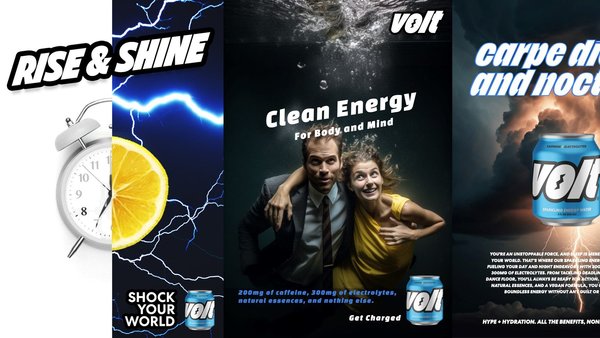How BBH injected emotion and desire into Audi's advertising /
After years of promoting fuel efficiency through rational messaging, Audi had lost its thrill in the eyes of customers. To reignite that lost desire, BBH defined a new kind of luxury.

This is an extract from a Brand Case Study article that was published in issue 58 of Contagious magazine and which Contagious members can read in its entirety on our I/O platform. If you would like more information about Contagious membership, click here.
In April 2015, cinemas across the UK began running Audi’s Birth ad in all its enthralling and disturbing glory. The two-minute film used CGI to show an Audi R8 giving loud, traumatic birth to a slippery-looking RS 3 Sportback in the depths of a hell lab. The ad was exceptionally well crafted, memorable and visceral in a way that made you want to cross your legs. But four years on I still couldn’t tell you if I liked it or not. And I’m not the only one.
‘I’m still not sure how I feel about it’, says Ian Heartfield, the [outgoing] chief creative officer at BBH London, who helped make the ad.
Not only was Birth a damn sight more disquieting than a typical car commercial, it was a drastic departure from the understated wit upon which Audi had built its brand in the UK. But Birth wasn’t just about introducing a new car, it was a rebirth for the German automaker itself.
After years of coveting efficiencies and hitting consumers with rational messages, Audi had lost some of its thrill in the eyes of UK car buyers, its second biggest market in Europe after Germany. To recapture that lost desire, BBH revised Audi’s strategy, embracing new codes of luxury and old-fashioned principles of advertising. Between 2015 and 2017, beginning with Birth, the agency produced a series of brash, luscious ads and activations that delivered £1.7bn ($2.19bn) of incremental value and put Audi in front of rivals BMW and Mercedes in every aspect of desirability that it cared to measure. Birth is usually a by-product of desire; in Audi’s case, it was the spark.

Dancing on a pinhead /
It’s hard to imagine now but at one time Audi was an unloved Volkswagen sub-brand more likely to draw comparisons with Renault than BMW. The turning point came in 1980 with the release of the Quattro, a four-wheel drive feat of engineering that gave Audi a foothold in the performance-car market. To match this better class of product, Audi needed a better class of communications and in 1982 it hired a freshly minted creative agency, Bartle Bogle Hegarty (now BBH), to bring its brand up to speed. But Mercedes had already claimed sophisticated prestige and BMW was dynamic and sporty. What was left for Audi?

‘I think Nigel [Bogle] said in the pitch itself, “Which part of the German engineering pinhead would you like us to dance on?”’ says Will Lion, BBH London managing partner for strategy and head of new products.
Inspired by the military technology that was used to create the first Quattro, BBH chose to make Audi all about progressive engineering. ‘People can feel sporty in a BMW and they can feel old-world luxury in a Merc, but we wanted them to feel ahead in an Audi,’ says Lion.
Audi could now define itself against its rivals: it was forward-thinking and had nothing to prove. But the touch of creative flair – the kind that would make BBH one of the most celebrated agencies of all time – came from co-founder John Hegarty and his decision to resurrect an old slogan he’d spotted while touring an Audi factory in Germany.
Vorsprung Durch Technik, which is most elegantly translated as ‘progress through technology’, tested terribly with audiences, but BBH and Audi stuck with it. It was one of the best judgement calls in advertising history, introducing a phrase that would imprint itself onto British culture, appearing in pop songs (Blur’s Parklife) and sitcoms (Only Fools And Horses).
It took some time for BBH to get the creative right, only really hitting its stride in the 1990s with Number One, in which an obnoxious yuppie rejects an Audi as ‘not really my style’, but the brand had a unique strategy and a distinctive strapline. Audi was on its way.

This is an extract from a Brand Case Study article that was published in issue 58 of Contagious magazine and which Contagious members can read in its entirety on our I/O platform. If you would like more information about Contagious membership, click here.
Want more of the same? /
We don’t just write about best-in-class campaigns, interviews and trends. Our Members also receive access to briefings, online training, webinars, live events and much more.







